Preventing SIDS: The Do's and Don'ts of Safe Sleep
Sudden Infant Death Syndrome is one of the scariest thoughts to a new parent. You’ve read about it, you know it’s often unexplainable, and you can barely sleep those first nights at home watching your tiny baby’s every breath. Although SIDS is the leading cause of death in infants between 0 and 12 months, you can dramatically decrease the chances of this tragedy by practicing safe sleep habits with your baby. Here are a few of the most important precautions to take when considering how you will put your baby down for a safe night of sleep.
The Do’s
- DO place baby on his back to sleep. Since the American Academy of Pediatrics established the Back to Sleep Campaign in 1994, the incidence of SIDS has been significantly reduced. Back sleeping is most important during the first six months of life when the risk of SIDS is the highest but should be followed for the first year.
- DO breastfeed when possible. Research has shown that breastfed babies are as much as 60% less likely to die from SIDS than babies who do not receive any breastmilk. For other great reasons to breastfeed your baby, check out this article!
- DO choose a firm mattress with a tightly fitted sheet.
- DO offer a pacifier to baby for naps and bedtime. Research suggests that the act of sucking on a pacifier may reduce the risk of SIDS.
- DO make sure your crib meets current safety standards.
- DO opt for a wearable blanket or a sleep sack instead of a blanket in the crib.
- DO have baby sleep in your room: The American Academy of Pediatrics recommends that infants sleep in their parents’ room at least until they are six months of age.
- DO seek good prenatal care during pregnancy.
- DO have your baby practice tummy time during wakeful hours to help strengthen his head, neck and shoulder muscles.
- DO educate other caregivers who will be responsible for creating a safe sleep environment for your baby. One out of five SIDS related deaths occurs when baby is in the care of someone other than their parents.
The Don’ts
- DON’T leave any soft objects in the crib such as blankets, pillows, stuffed animals or bumper pads. Any extra items in the crib can pose a risk for suffocation and strangulation.
- DON’T use swings, car seats and other infant chairs for routine sleep.
- DON’T use positioners or wedges in the crib.
- DON’T let baby get overheated. Choose lightweight clothing and keep the temperature in the room cool but comfortable.
- DON’T put baby to sleep in an adult bed. Your baby should have his own separate sleeping space that is free of pillows, blankets, and other soft objects. Having a separate sleep space for your baby also removes the risk of you or your partner accidentally rolling onto him while you are sleeping.
- DON’T smoke during pregnancy or after your baby is born. Smoking during pregnancy is responsible for more than 1000 infant deaths each year.
- DON’T ever put baby to sleep on a couch, a lounge chair or any soft surface with cushions or blankets. Babies can become lodged between cushions or roll off of open surfaces resulting in suffocation or serious injury.
- DON’T ever cover baby’s head with anything while he is sleeping.
- DON’T fall asleep accidentally with baby in your bed or on the couch.
Although the causes of SIDS-related deaths are often unexplained, research suggests that there may be certain brain abnormalities present that make certain babies more susceptible. Because these factors are not identifiable at birth, it is even more important to take the precautions to eliminate environmental risks. Simple safeguards such as placing your baby on his back to sleep and keeping the sleep environment clear from any excess items can reduce the risk of this tragedy by up to 60%.
Don’t take risks when it comes to creating a safe sleep environment for your little one. You both will sleep better at night knowing he is safe and sound. For questions about safe sleep for your newborn or other pregnancy or postnatal related inquiries, contact Health Foundations for a free consultation with a midwife and a tour of our Birth Center. Your baby’s safety is our first priority.


